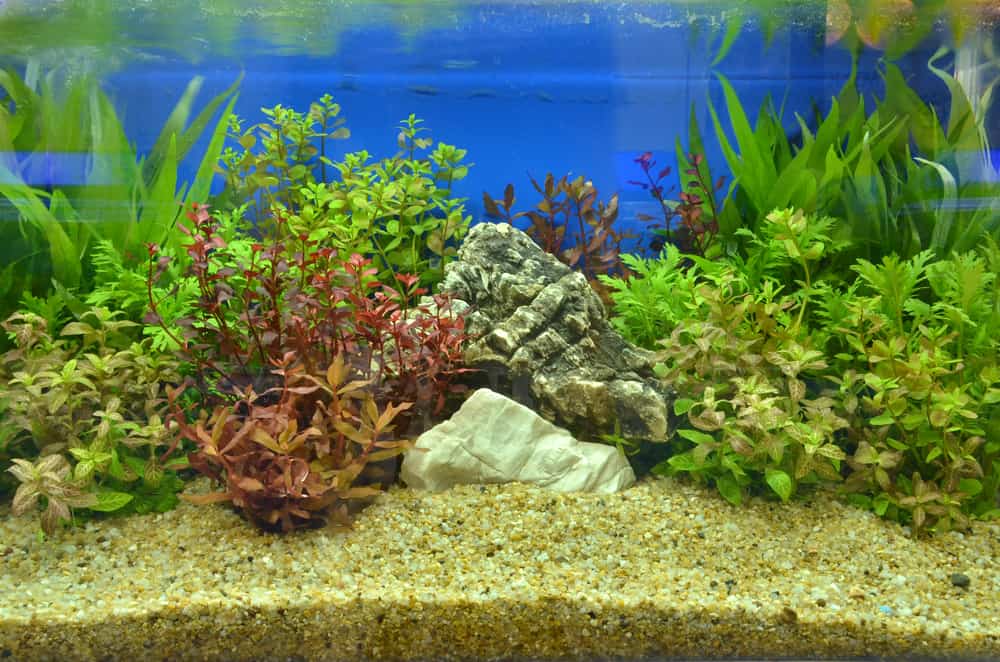
You may need to soften the water in your aquarium for many reasons.
Whether it’s for sensitive fish or soft water plants, there are several methods you can use to reach the hardness level you want.
You should also know that softening the water comes with some problems and benefits.
In this article, you’ll learn how to soften water and what to expect next. We’ll also give you a list of hard water fish you can keep in a hard water tank!
How to Fix Hard Water in a Fish Tank
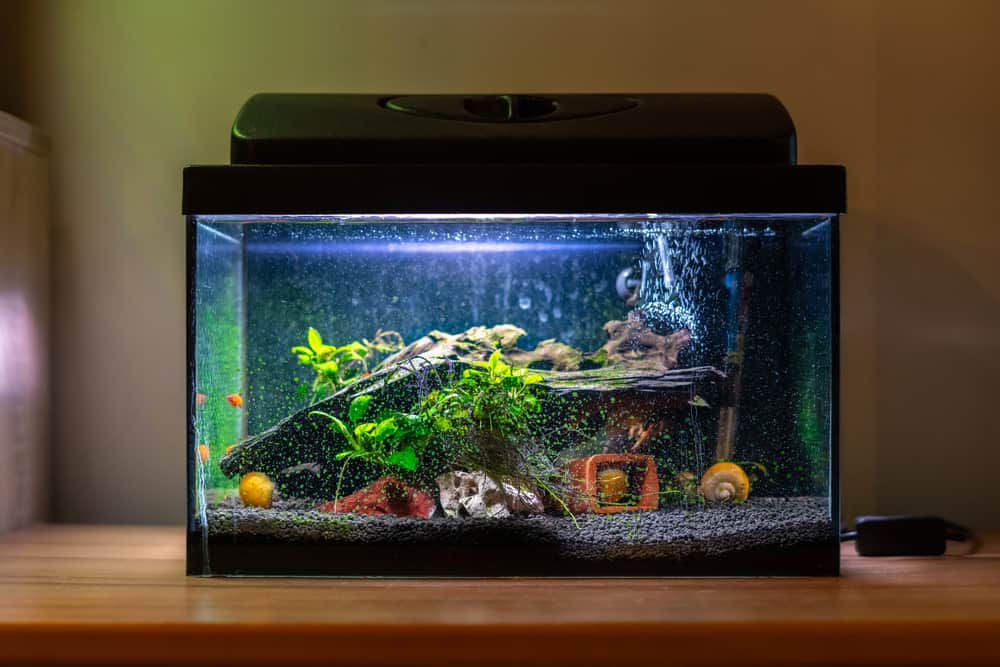
There are both natural and chemical ways you can try to fix hard water in your fish tank.
You can install a Reverse Osmosis unit and turn hard water into completely soft water.
You can also purchase distilled water or collect rainwater, both of which are soft and free of minerals.
Water softening pillows also work for small quantities of water.
Putting peat moss or driftwood in the water will release some safe acids and naturally reduce the hardness levels.
You can also use macroalgae to soften the water easily.
These methods have their problems and benefits, and you may prefer one over another, depending on your situation.
What Is Hard Water?

To understand why your aquarium water has become hard and what problems it may cause for your fish, you should have a basic understanding of what hard water is.
Water hardness refers to the concentration of dissolved minerals in the water.
The general hardness of the water, or GH, describes the amount of magnesium and calcium compounds like calcium carbonate and calcium oxide in the water.
The higher the quantities of these minerals present in water, the higher the hardness levels.
Minerals like potassium and sodium can increase hardness, as well.
GH is different from KH and pH.
KH describes the concentration of carbonate and bicarbonate ions in the water.
pH levels are closely linked to carbonate hardness levels.
pH is a measure of water’s acidity or alkalinity.
The inter-relationship between pH and KH is because the dissolved minerals have alkaline anions.
The presence of these anions gives the water a more basic quality, thus increasing the pH.
Harder water has fewer pH fluctuations.
Therefore, you should also consider your fish’s preferred pH levels when deciding whether or not to soften the water.
How to Measure Water Hardness

The first thing you should notice when dealing with hard water is scaling and white residue in the tank.
You can see scaling in your kettle or scum in the sink and bathtub.
To make sure, you will need to test your water.
In the past, people used to send a sample of their water to a lab for testing.
Fortunately, these days, you can test your tank water at home using testing strips or hardness testing kits, which are cheap and easy to work with.
You can also use electronic test equipment or aquarium monitors to measure the hardness and pH levels with high a level of accuracy.
Why Does a Water Hardness Problem Happen?

Water hardness is mainly due to the water running on permeable bedrocks, dissolving all the rock’s minerals in itself.
The hardness of your water varies depending on where you live and your water source.
Putting soft rocks containing minerals in your aquarium can cause the minerals to dissolve and leach into the water, thus increasing its hardness.
The presence of corals and shells in the tank can boost calcium levels as well.
What Happens If Water Hardness Is Too High?

- Sensitive Fish Can Get Hurt: Some fish are sensitive and need soft water. They can’t tolerate high levels of minerals in the water. They can get sick and eventually die if you don’t fix the problem.
- New Fish Can Get Shocked: Even if your fish are able to tolerate hard water, they’ll have to get used to it. The pet store where you buy your fish might have a different level of water hardness than you do in your tank. As a result, your fish is likely to experience osmotic shock, which can kill it after just a couple of days. You should slowly add your aquarium water to the water the fish came in and let the fish adapt to the new environment before introducing it to your aquarium. This procedure is often called acclimation .
- Breeding Will Stop: Many fish species start breeding in the rainy season when the water becomes diluted, and the GH levels drop. This is when they sense they should start mating. However, if the water in your tank is too hard, you won’t see any action.
- Sensitive Plants Will Die: Some types of aquatic plants can thrive in hard water, but others can’t. If you keep sensitive and soft water plants, you should maintain the water hardness to keep them healthy.
Methods of Fixing Hard Water in Fish Tank
1. Reverse Osmosis
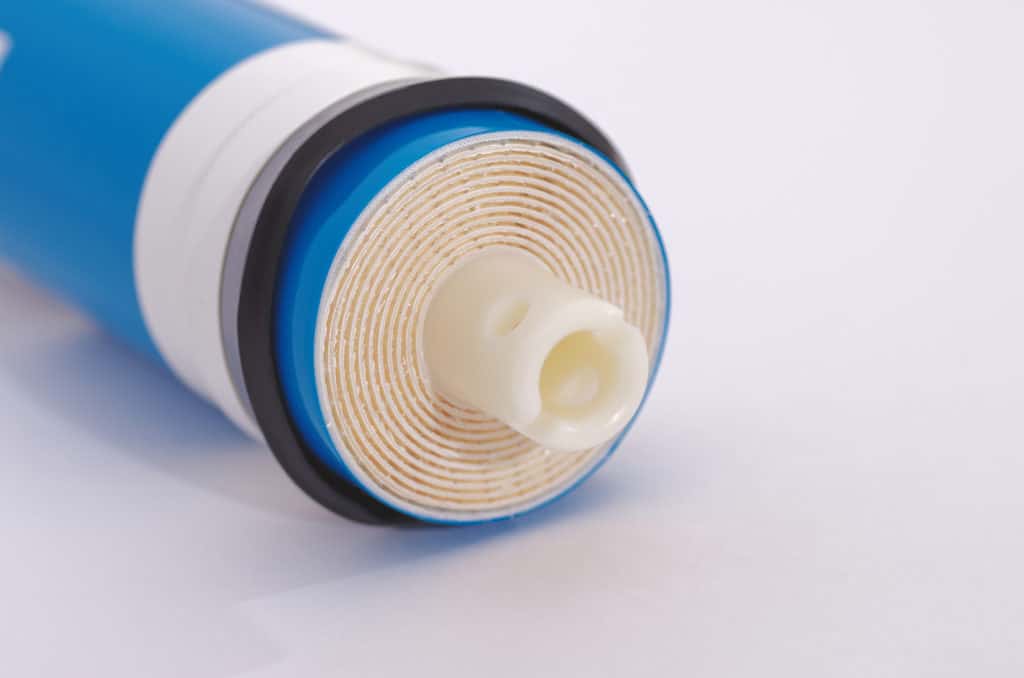
Reverse Osmosis or RO is one of the most efficient and effective methods for softening the local hard water.
The system works by passing the water through a thin and permeable membrane with high pressure.
This material will pass the water molecules through and remove 95–99% of the mineral compounds, hard metals, chemicals, and other contaminants and pollutants.
The output has a neutral pH, and the GH and KH levels are 0.
RO water is completely soft water, but fish can’t survive in it because they need at least a small amount of mineral content in the water for physicochemical reasons.
You should either combine untreated tap water with RO water or use special salt mixtures and remineralizers to balance the water’s minerals.
The RO process is slow, and you’ll need a regular plan for producing soft water and storing it for further use.
It’s also best to keep track of the amount of tap water or chemicals you combine with the RO water and the pH and GH you get.
Installing an RO system is pretty pricey itself, and you have to think about the cost of water, as well.
Some models consume seven units of hard water and only give you one unit of soft water.
This shouldn’t be a problem if you live in an area where water is plentiful and cheap, but you may face trouble in dry regions.
You should also know that the RO filter will lose its efficiency after a while, and you’ll have to replace it.
Having said all of this, if you really need soft water for very sensitive fish, an RO system will be your best choice.
2. Distilled Water
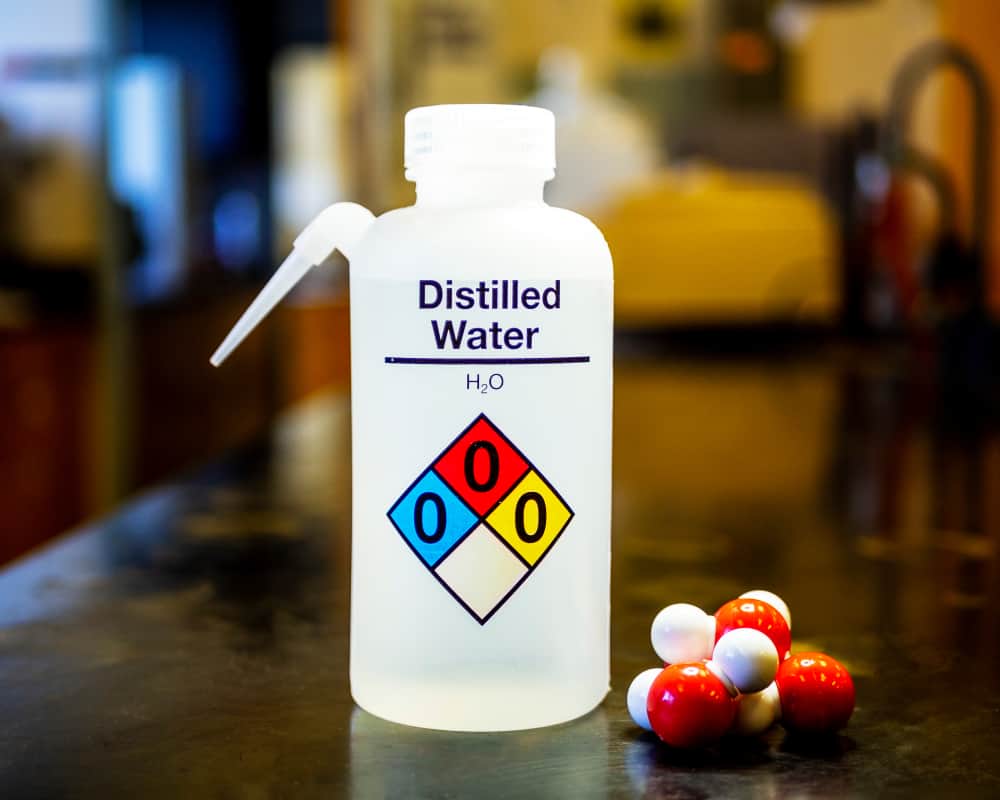
Distilled water is made by vaporizing water and then turning the steam back into a liquid.
When water vaporizes, it leaves behind all the minerals and other pollutants.
Much like RO water, distilled water has a balanced pH with zero GH and KH.
This means you should combine it with tap water or remineralizers to get a proper combination.
You’ll need to purchase large quantities of distilled water, depending on the level of hardness you’re dealing with.
You should also consider that distilled water has very low dissolved oxygen levels.
Therefore, you will have to aerate the water before adding it to the tank.
3. Natural Rainwater
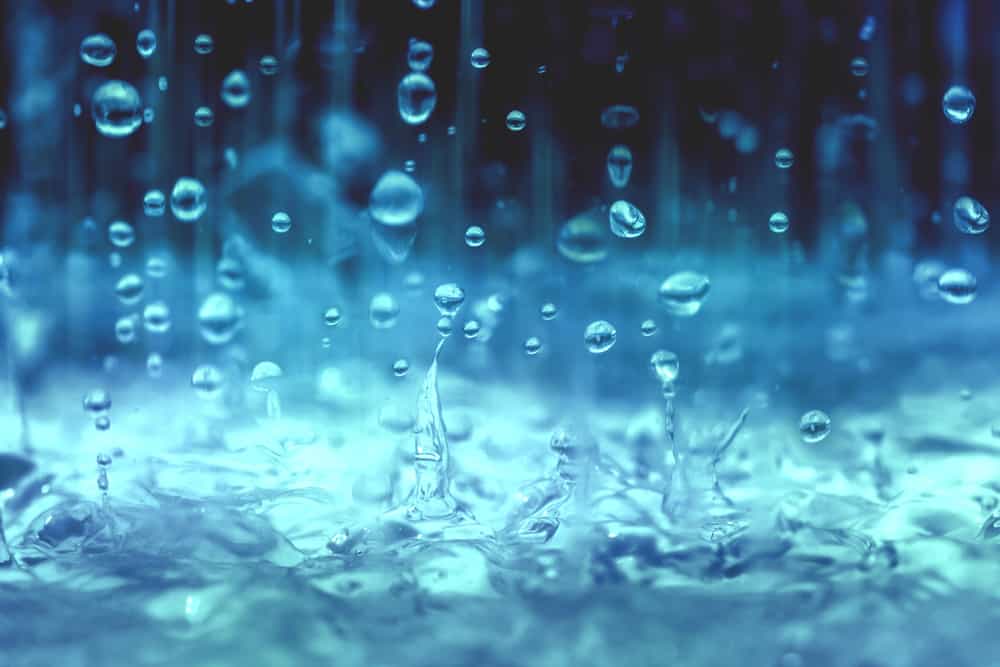
Using rainwater is probably the cheapest option on this list, though it requires some effort.
If you live in an area with clean air and proper water, you can collect rainwater, which is naturally distilled water.
Avoid doing so if you live in industrial areas with polluted air, and also don’t collect the first batch of rain no matter where you live.
Collect the rain with clean, sterile, and food-grade containers to avoid leaching pollutants and chemicals into the water.
Again, the rainwater will need to be combined with tap water or aquarium salts to increase the GH and KH levels.
Consider the possibility that it may not rain for weeks at a time, so you should always have some water stored.
4. Water Softening Pillows
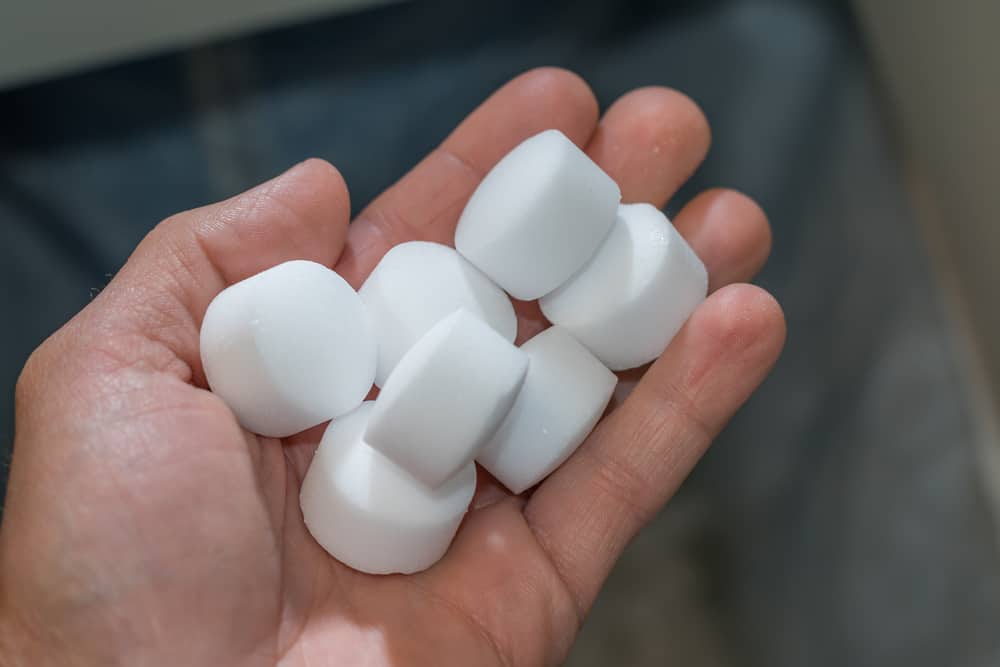
Water softening pillows have chemical filtration media inside them which is usually made of ionized resin.
This filter will reduce the calcium and magnesium levels by replacing them with sodium chloride.
As a result, water hardness decreases, but the excess sodium can be troublesome.
This method is usually effective for saltwater aquariums and for fish that can tolerate high sodium levels.
The pillows can usually fit into the aquarium filters.
They’ll lose their efficiency after some time, but you can recharge and reuse them by putting them in a salt solution for a while.
Softening pillows mostly work for small aquariums, as they can only treat small amounts of water.
5. Peat Moss
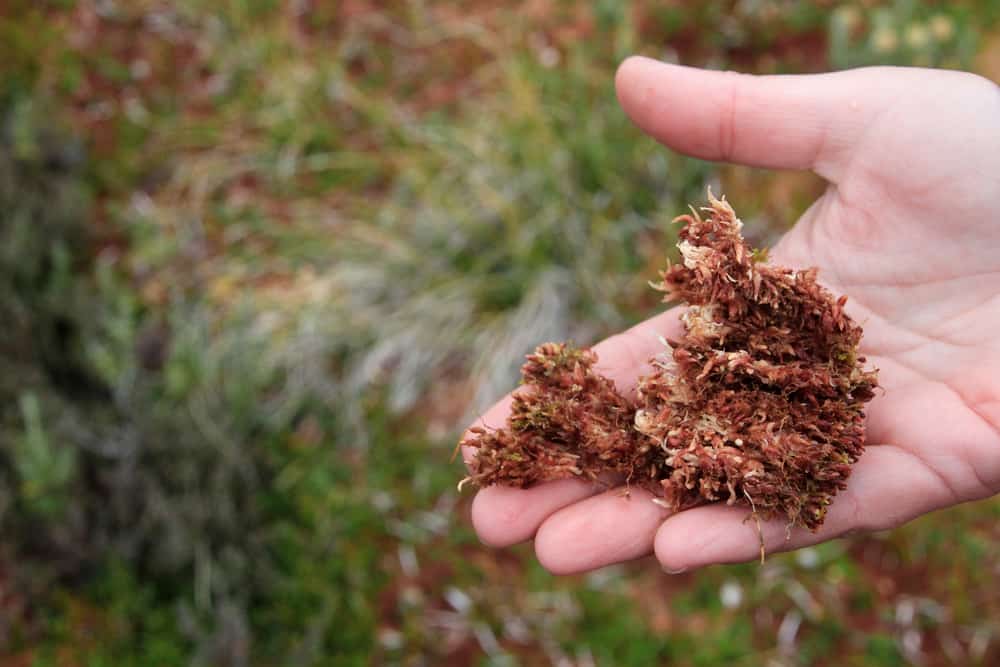
Peat moss is chopped and dried sphagnum moss.
You can use it as a natural method to lower the GH and KH levels in your water.
Peat moss first binds to calcium and magnesium ions and removes them.
When the hardness comes down, it will release gallic and tannic acids into the water and reduce pH and carbonate levels.
The acids aren’t harmful to fish at all.
They may just turn the water yellowish-brown for a while.
You can put the peat moss in a mesh bag and inside the filter for the best results.
This way, water will be softened while it runs through there.
You can also put the peat moss inside a water container for a week or two.
Then you can use the water in your aquarium after running it through a sieve.
Another approach is to put the peat moss inside a pillowcase and immerse it in the aquarium itself.
Whichever method you choose, boil the peat moss for a couple of minutes to disinfect it and aerate the water using an air pump or air stone because the oxygen levels may drop.
6. Driftwood

Natural driftwood works the same way as peat moss.
It releases tannic acid into the water and reduces the hardness.
It’s safer to purchase the driftwood from a reliable pet store or online, but there are ways you can find and clean your own driftwood.
Even if you buy yours, boil it for a couple of minutes or pour boiling water on it to eliminate potential infections or hitchhikers.
Monitor the driftwood for a while after you put it inside your tank and make sure it doesn’t grow any algae or fungus.
The tannins it releases will turn your water brown.
To prevent this, you can soak the driftwood for a couple of weeks before putting it inside the tank.
7. Macroalgae
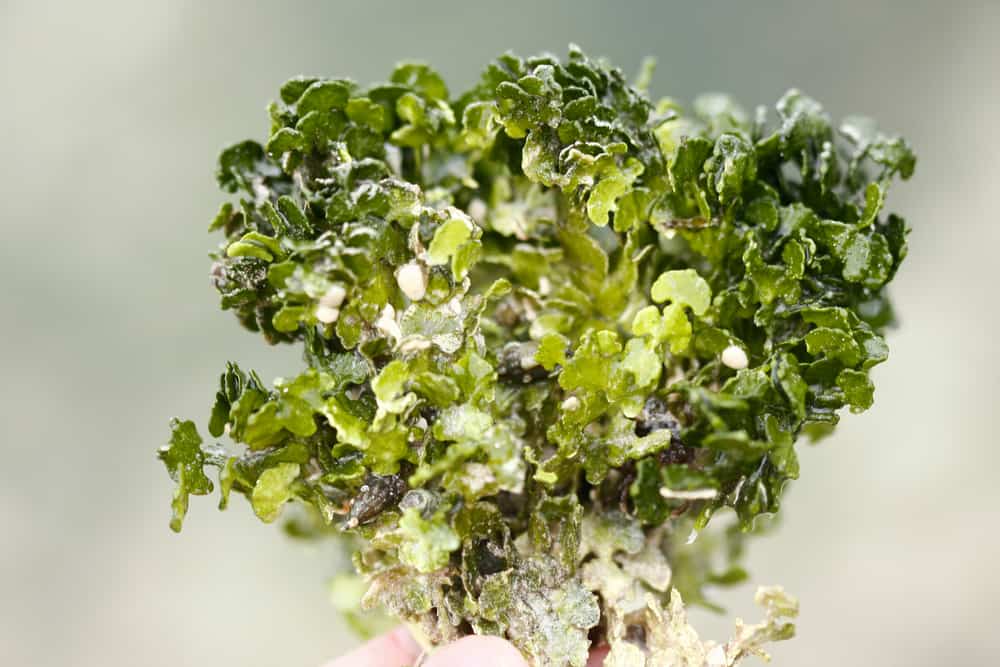
Most hobbyists use macroalgae in their refugia or main tanks to reduce nitrate, nitrite, phosphate, and ammonia levels.
However, some types of macroalgae can absorb the calcium and magnesium from hard water.
Halimeda, or the Money Plant, is a green calcareous macroalga that absorbs calcium from the water and builds it into its tissue as a support structure.
If you don’t have a refugium, you can put Halimeda into your main tank because it’s a noninvasive type of macroalgae, and not many fish eat it.
Halimeda goes “sexual” after it ages, which means it releases everything it’s absorbed back into the water.
Therefore, you should trim the older parts now and then, but that shouldn’t be a problem because it grows relatively slowly.
Don’t Use Tap Water Softeners

Tap water softeners pass the water through zeolite, which is a chemically active clay.
It removes calcium carbonate and magnesium sulfate while replacing them with sodium chloride.
The treated water may be suitable for household use, but it still contains excess minerals, and it’s dangerous for fish that need soft water.
Pros and Cons of Water Softening
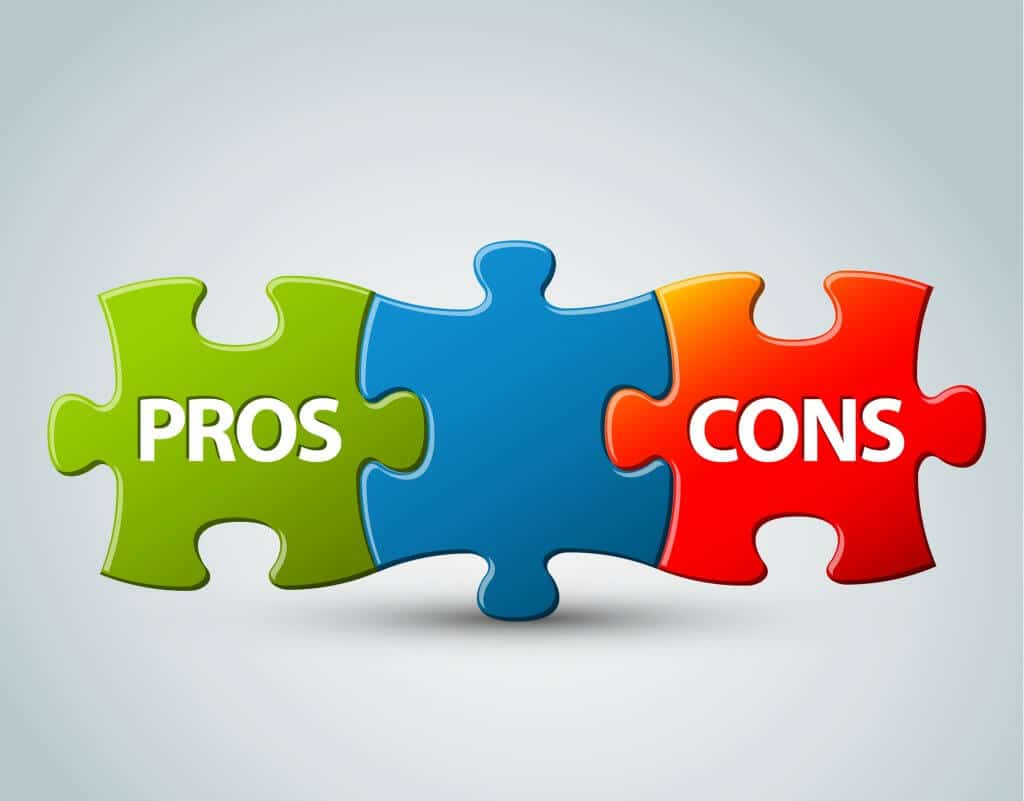
Pros
Besides saving your sensitive fish and plants from dying, there are other benefits to softening the water.
For instance, your aquarium equipment like filters, pumps, and lights will last much longer in soft water.
Plus, soft water tanks are easier to maintain and clean.
Cons
- pH problems: The pH levels are much more unstable in soft water compared to hard water. The dissolved minerals act as chemical buffers when the GH is high, meaning that they don’t let the pH levels fluctuate rapidly. Therefore, you’ll need to do more frequent pH tests with soft water.
- Sodium: If the method you use for softening water replaces the magnesium and calcium ions with sodium, it can hurt your fish, especially from freshwaters.
- Bacteria: The beneficial bacteria that handle your tank’s nitrogen cycle work best in hard water and may completely vanish if the soft water gets acidic.
- Price: Converting your hard water to soft water is expensive, especially in the long run. Plus, it can take a long time. Soft water can make a good environment for most fish, but only up to a certain point. It’s best to avoid over-softening water unless it’s absolutely necessary. There are lots of species that can happily live and thrive in hard water.
Hard Water Fish
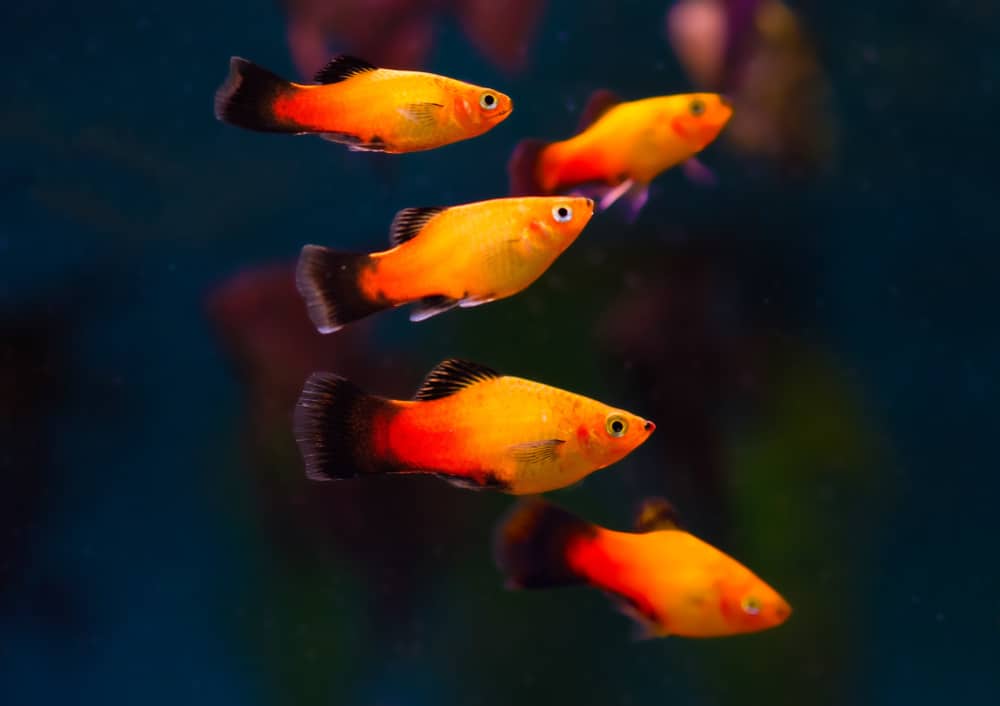
Fortunately, most fish can adapt to the local hard water, unless it’s a highly sensitive species like a wild-caught Discus.
Nowadays, even most soft water fish are born and raised in hard water aquariums in pet shops, so they get used to it.
If you don’t want to go through the trouble, choose hard water species like Platies, Guppies, Mollies, Swordtails, Paradise fish, some Cichlid varieties, Monos, Archers, and Scats.
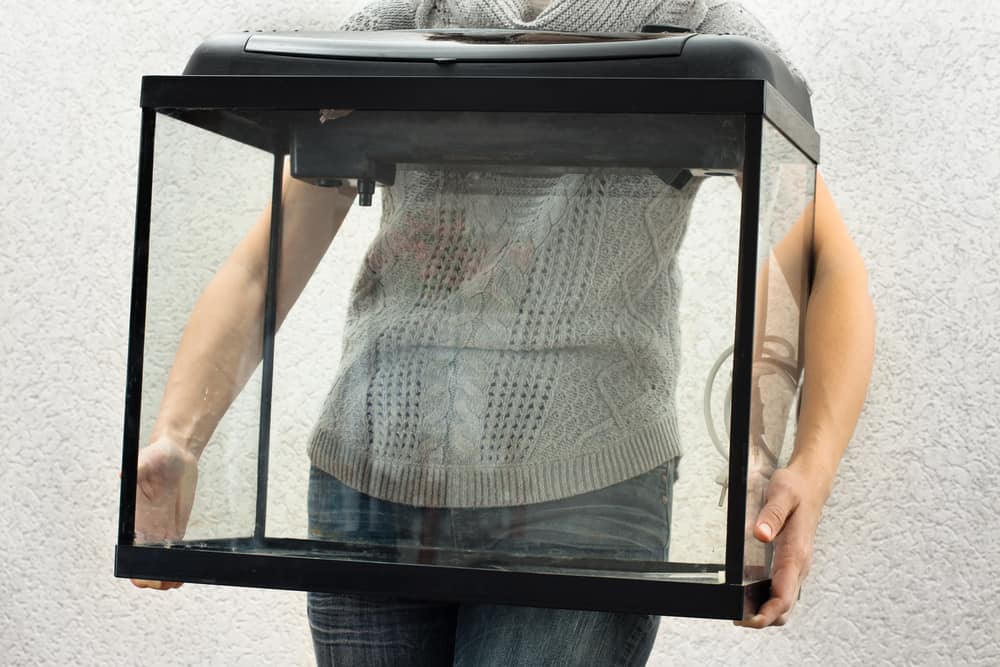

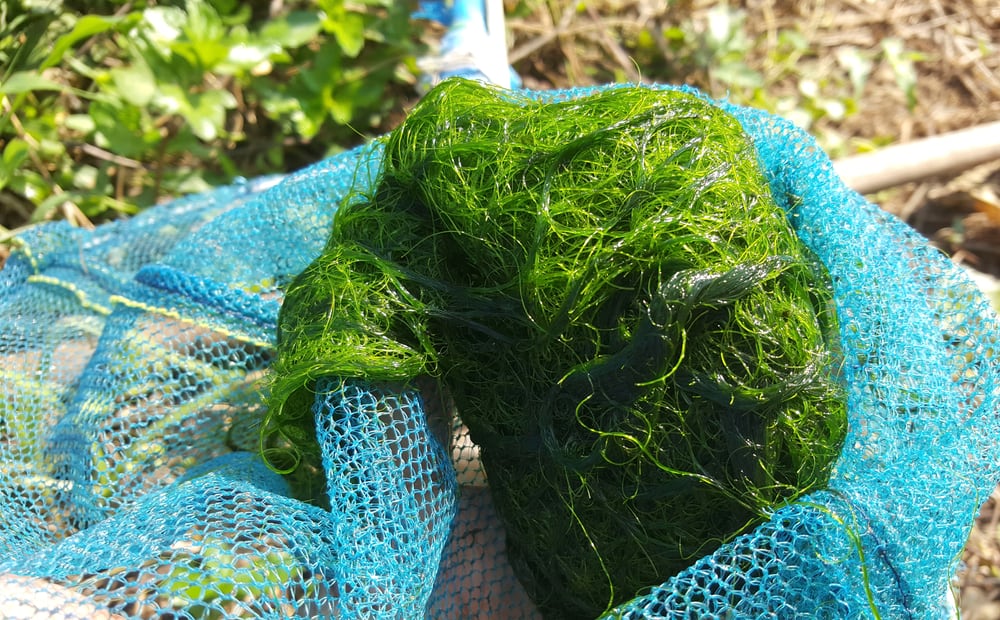
Well said and easy to understand. Thank you